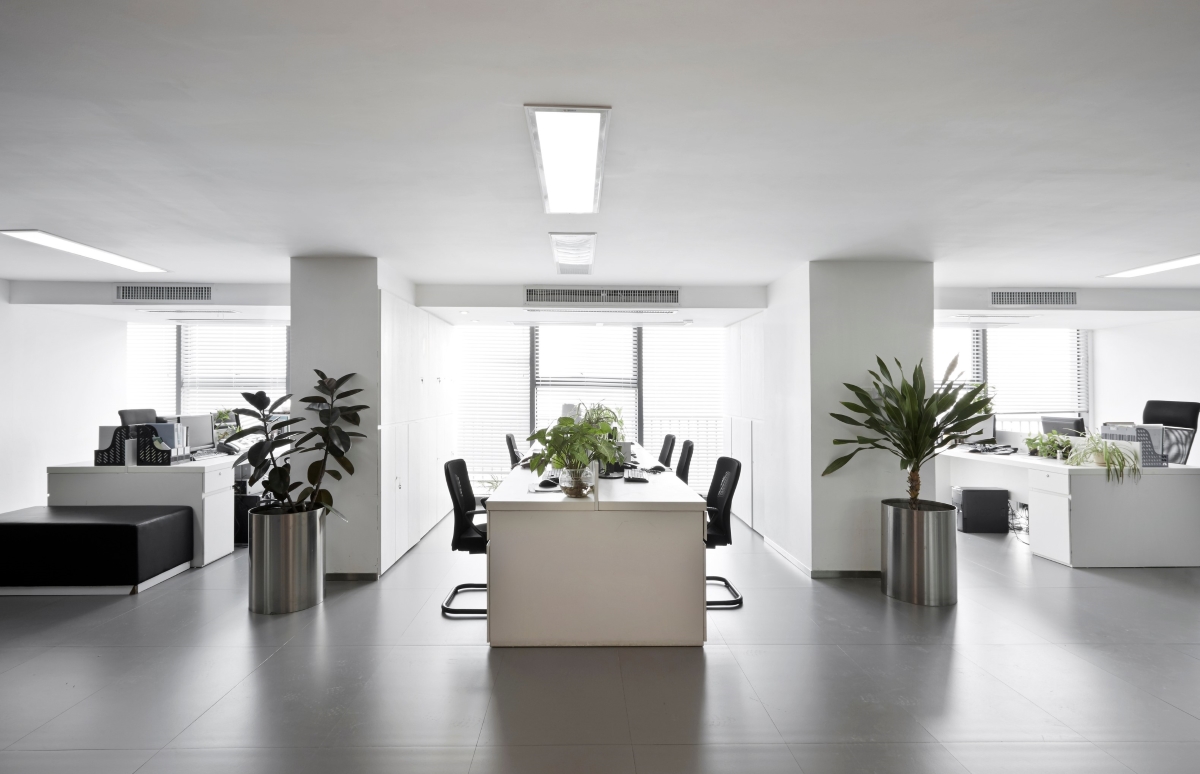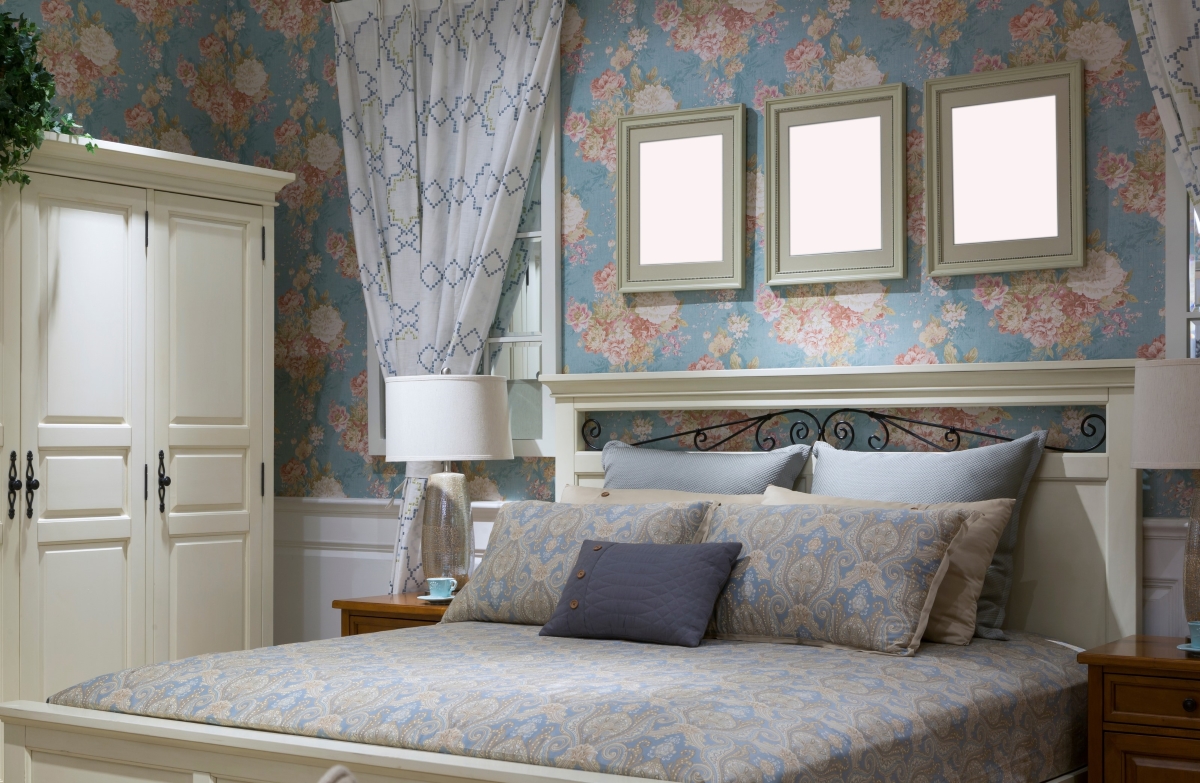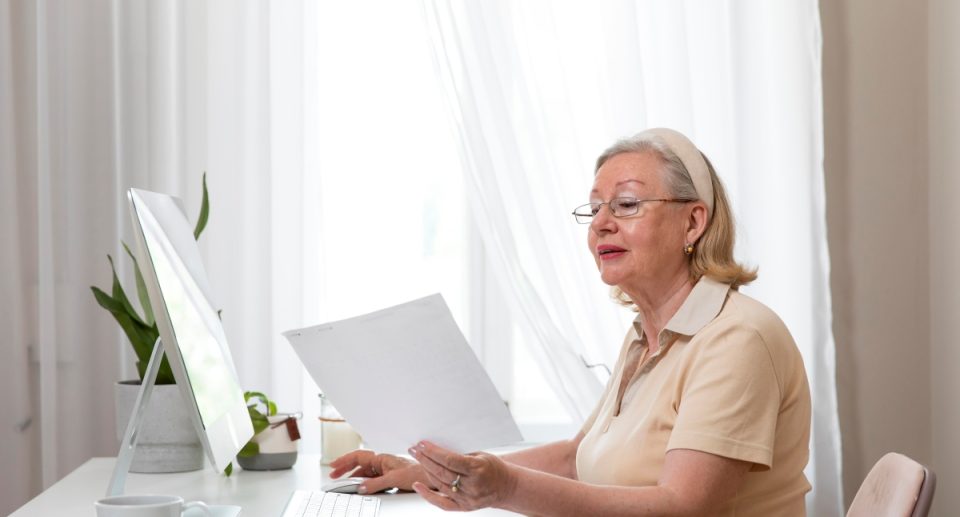Home Safety Upgrades: Creating a Senior-Friendly Living Space

Creating a comfortable and safe home is crucial, particularly for seniors who may face mobility, vision, or balance challenges. With thoughtful upgrades and modifications, any home can become a senior-friendly haven that promotes independence and peace of mind. Simple adjustments to a living space’s layout, lighting, and features can significantly reduce the risk of accidents and improve overall quality of life.
This guide will explore essential home safety upgrades that can help seniors stay in their homes longer while maintaining the highest level of safety and comfort. Whether you’re planning renovations for yourself or a loved one, these recommendations cover every part of the house, ensuring that all spaces are senior-friendly.
Assessing the Current Space

Before making specific upgrades, it is essential to evaluate the current living space to identify potential hazards. This can be done through a home safety audit, which involves examining each room for risks like tripping hazards, poor lighting, and inaccessible areas. Some local organizations and professionals offer home safety evaluations for seniors, providing expert advice on modifying a home to meet their needs.
Start by asking these key questions:
- Are there any areas where falls are likely, such as stairs or uneven floors?
- Is the lighting sufficient, especially in hallways and bathrooms?
- Can commonly used items be easily accessed without bending or reaching?
- Are there obstacles that could make it hard for someone using a walker, cane, or wheelchair to navigate?
Once these factors have been considered, it’s easier to identify which home improvements will be the most beneficial.
Key Areas for Safety Upgrades

Several areas within a home often require upgrades to improve safety for seniors. The bathroom, kitchen, and entryways pose the most challenges, but every room can benefit from some adjustments. Below are the essential upgrades to consider.
1. Bathroom Safety
The bathroom is one of the most common areas where falls occur. Slippery surfaces, small spaces, and the need for balance while stepping in and out of tubs or showers make this room particularly hazardous for seniors. However, several modifications can reduce risks and make the bathroom safer.
- Grab Bars: Installing grab bars in key locations, such as next to the toilet and inside the shower or tub, provides extra stability. These bars give seniors something sturdy to hold onto, preventing falls.
- Walk-In Shower or Tub: Replacing traditional bathtubs with walk-in tubs or curbless showers can make entering and exiting much easier. These options eliminate the need to step over a high tub wall, reducing the chance of tripping.
- Non-Slip Flooring: To minimize the risk of falls, especially in wet areas, use non-slip mats or replace flooring with slip-resistant materials.
- Shower Seats and Handheld Showerheads: A shower seat provides a safe way for seniors to bathe without standing for long periods. Paired with a handheld showerhead, this allows for a more comfortable and secure experience.
- Raised Toilet Seat: Installing a raised toilet seat reduces the strain of sitting and standing, which is particularly helpful for seniors with arthritis or balance issues.
2. Kitchen Modifications
The kitchen is another room where safety is a priority. For seniors who enjoy cooking, making the space easier to navigate and reducing the need for bending or reaching can enhance safety and convenience.
- Lowered Countertops and Cabinets: If reaching for high shelves or bending down for low cabinets is challenging, consider lowering countertops and installing pull-out shelves or drawers for easier access.
- Stovetop Safety: Automatic shut-off devices for stovetops are an excellent investment. These devices turn off the stove if left unattended for too long, preventing kitchen fires.
- Adequate Lighting: Bright lighting is essential in the kitchen, where precise tasks like chopping vegetables or reading labels occur. Under-cabinet lighting can illuminate work areas, reducing eye strain and improving safety.
- Easy-Access Appliances: Consider investing in senior-friendly appliances, such as microwaves with large, easy-to-read buttons and ovens with side-opening doors.
3. Improving Mobility Throughout the Home
Maintaining mobility is critical for seniors, both inside and outside the home. Many safety upgrades focus on making movement through the house easier and more secure.
- Widen Doorways: Standard doorways may be too narrow for seniors using wheelchairs or walkers. Widening doorways to at least 32 inches can make moving between rooms more comfortable.
- Remove Tripping Hazards: Loose rugs, electrical cords, and clutter are major tripping hazards. Securing rugs with non-slip backing and organizing cords along walls can reduce the risk of falls. In addition, clearing pathways of unnecessary furniture or items ensures easier navigation.
- Install Ramps or Stairlifts: Consider installing ramps for easier entry and exit if your home has stairs. Inside, stairlifts can help seniors move between floors without the physical strain of climbing stairs.
- Lever-Style Door Handles: Traditional round doorknobs can be challenging for seniors with arthritis or limited grip strength. Lever-style door handles are easier to use and require less effort to open.
4. Lighting Enhancements
Good lighting is essential for preventing falls and ensuring seniors can safely move around their homes. Inadequate lighting in stairwells, hallways, and entryways can lead to accidents, especially for those with reduced vision.
- Motion-Sensor Lights: Installing motion-sensor lights in hallways, bathrooms, and bedrooms ensures that seniors don’t have to fumble for a light switch in the dark. These lights turn on automatically when movement is detected, providing instant illumination.
- Task Lighting: In areas where specific tasks are performed, such as reading or cooking, task lighting can provide focused illumination that makes it clearer to see.
- Nightlights: Nightlights in bedrooms, hallways, and bathrooms help guide seniors safely if they need to get up during the night.
5. Entryway and Exterior Safety
The outside of the home is just as important when considering safety upgrades. Entryways should be safe and easy to navigate, especially if stairs or uneven pathways are involved.
- Ramps and Railings: Sturdy railings along stairs and ramps provide extra support for seniors as they enter and exit the home. If possible, make sure these are installed on both sides of the stairs.
- Non-Slip Surfaces: Outdoor steps and walkways can become slippery when wet. Applying non-slip coatings or using slip-resistant materials on outdoor stairs and paths can help prevent falls.
- Smart Doorbells and Locks: For added security, consider installing a smart doorbell with a camera. This allows seniors to see who is at the door without having to open it. Smart locks also offer keyless entry, eliminating the need to fumble with keys while carrying groceries or using a walker.
Making Safety Stylish: Combining Function and Design

When making safety upgrades, one common concern is the fear that changes will detract from the home’s aesthetics. Fortunately, many modern safety products are designed with both function and style in mind. Grab bars, for example, come in sleek designs that blend seamlessly into bathrooms, and there are attractive flooring options that offer both slip resistance and visual appeal.
When planning safety upgrades, it’s essential to remember that form and function don’t have to be mutually exclusive. Consulting with a professional specializing in senior-friendly home modifications can help ensure that safety measures are integrated into the home without compromising style.
The Emotional Benefits of a Safe Home
Creating a senior-friendly living space isn’t just about physical safety—it’s also about fostering a sense of independence and security. When seniors feel confident navigating their homes without fear of falls or accidents, it contributes to their emotional well-being and overall quality of life.
For many seniors, the ability to remain in their own homes as they age is deeply important. By making the necessary safety upgrades, families can ensure that their loved ones can live independently for as long as possible, providing peace of mind for everyone involved.
Conclusion

Creating a senior-friendly living space requires thoughtful consideration and planning, but the benefits are immeasurable. By addressing common hazards and making key safety upgrades, you can transform any home into a safe, comfortable, and accessible environment for seniors. From bathroom modifications to improved lighting and entryway enhancements, these changes reduce the risk of injury and promote independence and a higher quality of life.
Whether preparing your home for your own future needs or making changes for a loved one, investing in senior-friendly safety upgrades is a smart and compassionate decision. By taking these steps, you’re ensuring the home remains a place of comfort, security, and joy for years.





